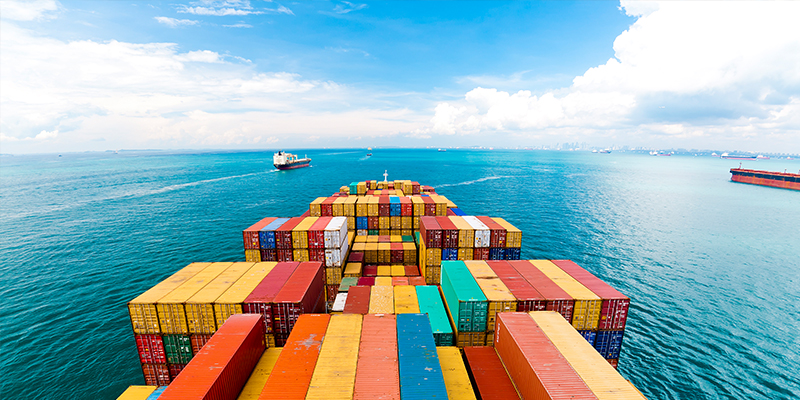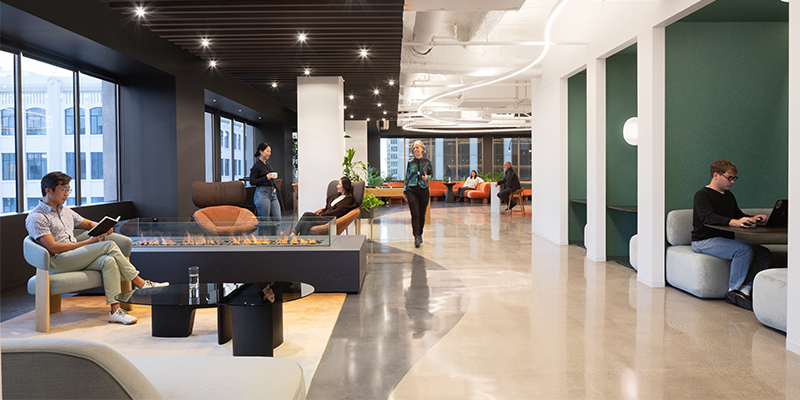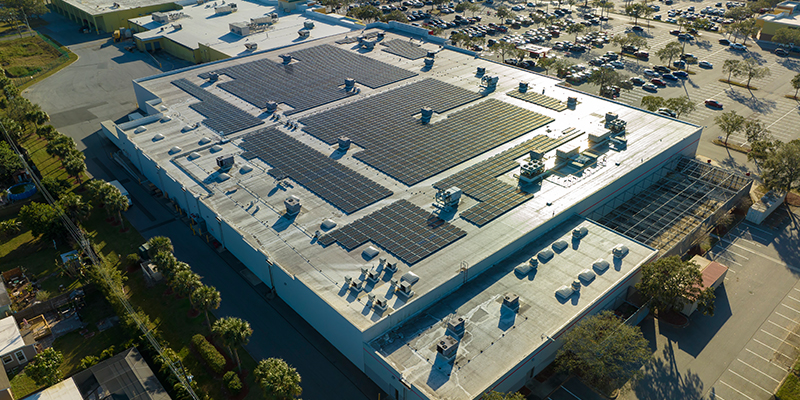In an era marked by unprecedented disruptions and rapid technological advancements, J.C. Renshaw, head of supply chain consulting – North America, Savills North America, presented key challenges, emerging trends, and his predictions for what lies ahead at the I.CON East conference this week in Jersey City, New Jersey.
“Labor is the biggest issue in the supply chain,” stated Renshaw. It’s a huge risk if a company doesn’t have the labor to deliver their product. Rising labor costs, retention, and compensation are all issues for the supply chain. Labor as a factor can’t be overlooked and needs to be prioritized in facilities planning.
Companies will focus on mitigating it with automation, but not in the way you may think. “Automation is used to maintain headcount or keep growth minimal while increasing employee productivity,” explained Renshaw.
He also stressed that robust training could help retain a workforce, stating, “It makes employees happier to know what they are doing.”
Global trade disruption is another challenge. “The global supply chain was absolutely destroyed during COVID-19 as few businesses had continuity plans in place,” said Renshaw. Add other events, including drought at the Panama Canal, systems shutting down unexpectedly like they did at the Port of Charleston in South Carolina this week, or potential labor union disputes in the Eastern ports. “There’s always something going on,” he concluded.
A related issue is the need for companies to strike the right balance with inventory management. What is the right level of inventory that maintains costs and resiliency as the business climate changes?
In the last few years, Renshaw’s clients have worked to set up business continuity plans, and they’re keenly interested in predicting what lies ahead for supply chains.
E-commerce is growing long term, accounting for 15.6% of total retail sales in the third quarter of last year. Renshaw explained, “After COVID’s spike, e-commerce growth normalized down a bit, but we’ve seen an uptick in the most recent quarter.” He expects this to continue, but with it comes the need to have smaller warehouse spaces and locations closer to customers for fast delivery.
Port volumes that previously went up are also coming back down, with all ports besides Baltimore showing declines in 2023. He expected volumes to normalize to 2019 levels. The audience questioned the speaker about the ability to change port relationships. “[Changing] is a major commitment. For instance, if you change your port to Charleston from New Jersey, but your facilities are in South Dakota, you will have to factor in transportation costs, so you’ll likely need to change your facilities,” he pointed out. It’s not as clear-cut as it seems.
Renshaw also believes onshoring and nearshoring initiatives will gain steam.
“That horse has left the barn, even if there are short-term regulatory headwinds that come to pass. But expect onshoring and nearshoring to be a slow burn. Companies don’t just end a manufacturing relationship with China; as they develop new products, they’ll steer that manufacturing to different facilities to diversify their suppliers and decrease their lead times,” said Renshaw.
Renshaw models his clients’ entire supply chain networks, running their businesses through different scenarios and configurations to determine the best way to gain flexibility. Modeling a business’ network allows them to reduce redundancy in inventory and capabilities.
In addition to increasing use of third-party logistics (3PLs) firms, Renshaw’s even seeing 4PLs, companies that don’t have a core competence in logistics that hire a 3PL to do it for them and take on the risk.
Artificial intelligence (AI) will also allow firms to leverage all their data to their benefit. They’ll be able to feed all the data they’ve been sitting on into AI. It will predict accidents before they occur and develop insights and improvements without being specifically programmed. Digital twins allow a company to digitally map their whole supply chain network and test it against different scenarios and disruptions to inform better decisions.
Renshaw predicted, “This tool will continue to grow significantly in the years to come.”

This post is brought to you by JLL, the social media and conference blog sponsor of NAIOP’s I.CON East 2024. Learn more about JLL at www.us.jll.com or www.jll.ca.








